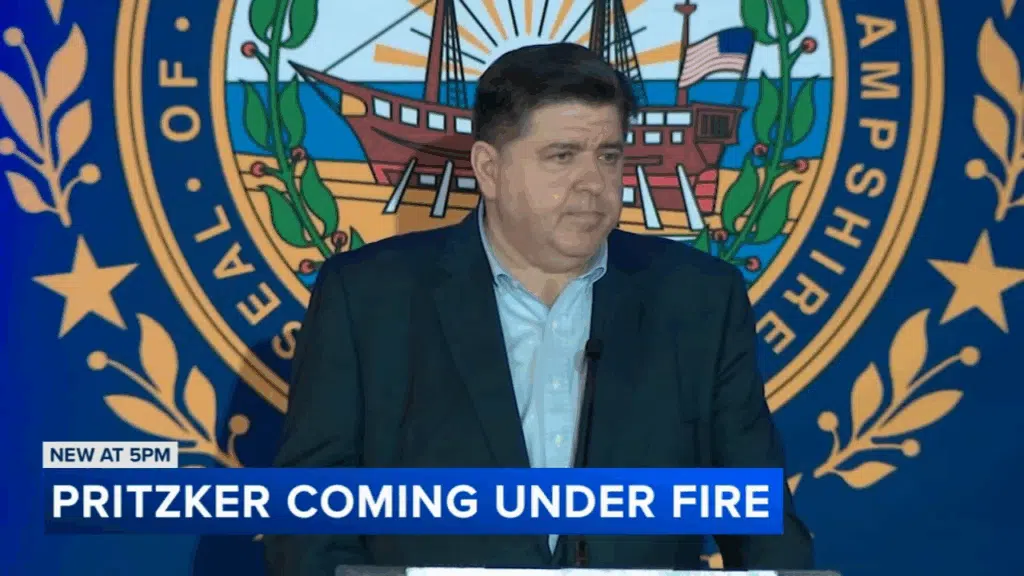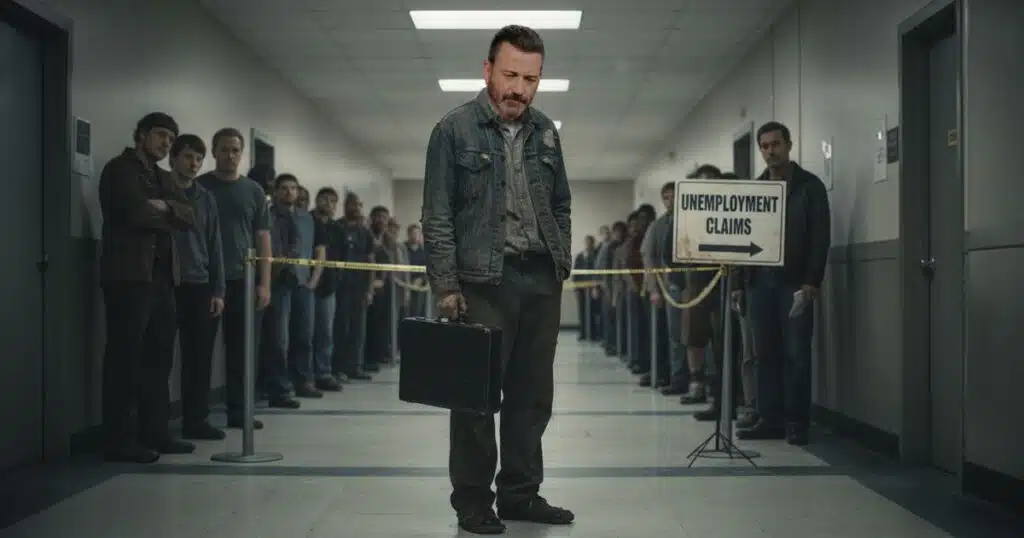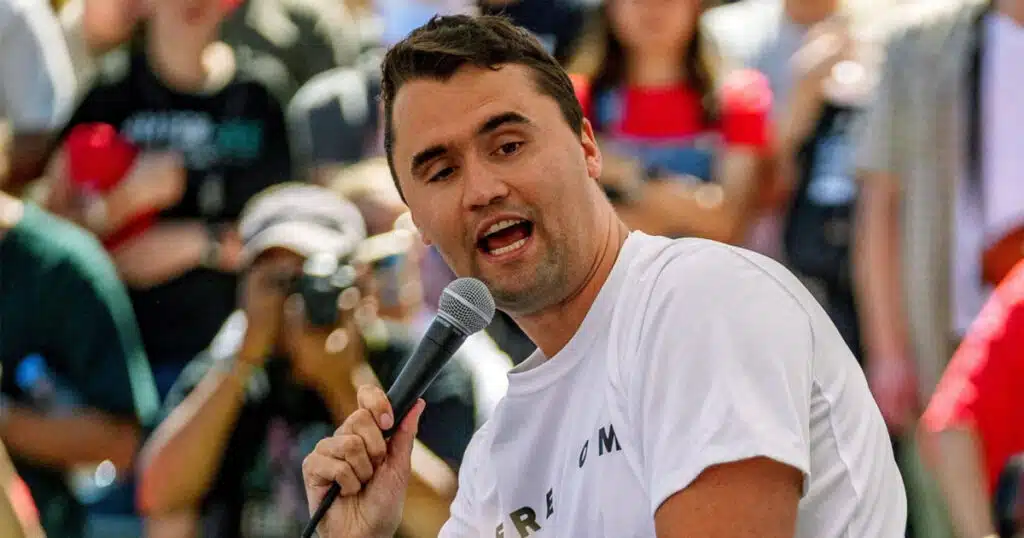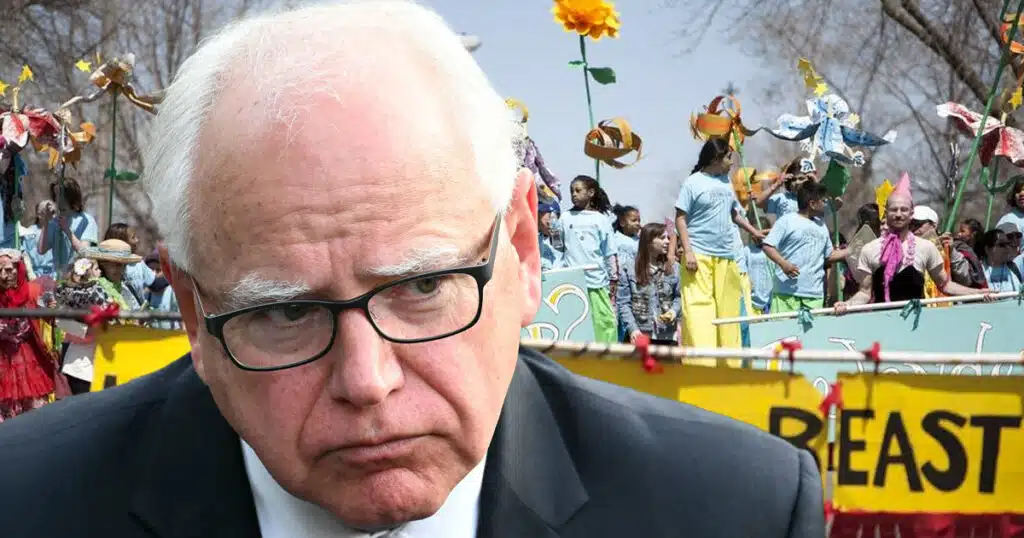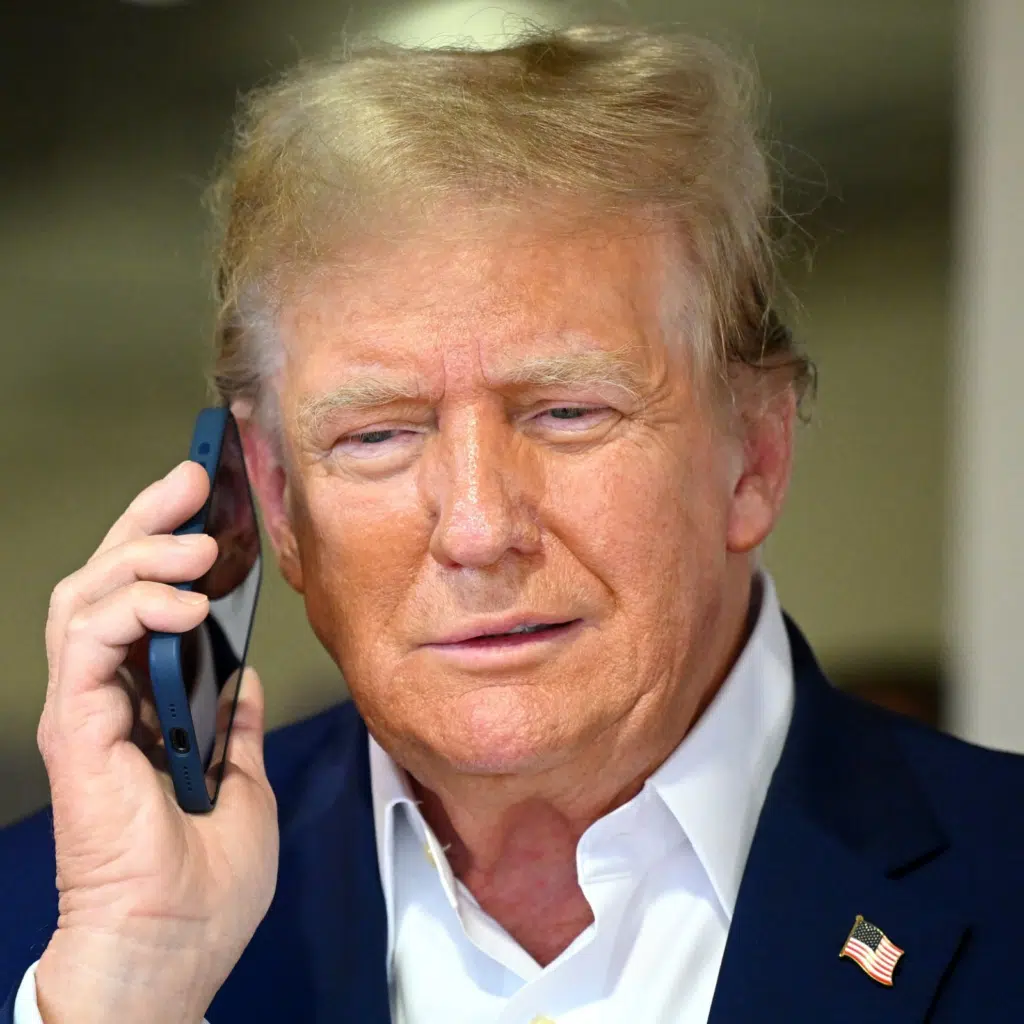
Trump Gets Blamed For Everything, Now it’s Canada’s Stupidity
Here in the States, it’s common for everyone to blame Trump for everything. While Biden was in office, America was invaded through borders that he left wide open, and our neighbors to the north and south shrugged their shoulders as if to say, “It’s not our problem.”
Yet when Trump took office, there were idiots in the Democratic Party and the MSM who tried to tie the invasion of illegals to Trump. They also wanted to blame him for the overall inflation rate and the price of eggs and gas specifically.
According to liberals, Biden’s disastrous withdrawal from Afghanistan was Trump’s fault; his cancellation of the Keystone pipeline and the subsequent loss of one million American jobs was Trump’s fault, and of course, the Russia-Ukraine war is also Trump’s fault. Hell, why not blame him for World War I, World War II, 9/11, and the Kennedy Assassination as well?
Now, Trump is being blamed for Canada’s stupidity. There are those who would have you believe that because Canadian voters are unable to recognize a used car salesman like Mark Carney when they see one, that Trump is to blame.
Their choice is even more perplexing because they had just endured nine years under another flamboyant liberal, Justin Trudeau. His resignation ended one of the most polarizing eras in Canadian politics. Trudeau came to power with promises of “sunny ways,” yet his leadership has left Canadians feeling angrier, more divided, and less confident in government institutions.
Trudeau consistently pitted Canadians against one another, exploiting divisions for political gain during a time when disinformation from foreign actors was widespread. He intensified identity politics and dismissed dissenting opinions as unacceptable. This approach polarized Canadians and alienated significant portions of the electorate, many of whom felt condescended or rejected. The hyper-partisanship he fostered will have lasting repercussions for Canada, taking decades to resolve.
Not long ago, Canada seemed to be heading in the right direction. Pierre Poilievre of the Conservative Party of Canada held a significant lead in the polls, surpassing the competition by more than 20 percent. Meanwhile, the approval ratings for the Canadian Liberal Party and its long-time leader, Justin Trudeau, were notably low. Polls indicated that the Canadian Liberals were struggling significantly, potentially falling to third place behind the Bloc Québécois, the regionalist party primarily representing Francophone Canada.
Last week, Poilievre not only lost the election to the new Ring Master of the Liberal Circus, Mark Carney, but he also lost his own seat in the Canadian Parliament and is on the verge of losing his leadership of the Conservative Party. In one of the most dramatic political reversals in recent history, the Liberal Circus managed to turn around its significant polling deficit in just a few weeks, transforming a potentially catastrophic defeat into a victory.
It is said that hindsight is 20/20. However, that clarity is sometimes used to find an opportunity to offer excuses. In this case, Trump is the convenient person to blame for this devastating loss.
Finger pointers say that Trump minimized Trudeau by calling him “Governor Trudeau.” Trump also rattled some chains by saying, “I think Canada would be much better off being the 51st state because we lose $200 billion a year with Canada. And I’m not going to let that happen. Why are we paying $200 billion a year, essentially a subsidy to Canada?”
The statement did not sit well with Canada, especially after Trump was elected to his second term. He almost immediately announced his intention to impose a 25 percent tariff on the U.S.-Canada border unless Canada took stronger measures to curb illegal drugs, immigration, and human trafficking. Many Canadians viewed these demands as vague and nonsensical, leading to the impression that Trump was trying to bully the country into submission. As tempers flared, Canadian nationalism gained popularity again, particularly among the left. Naïve Liberals, who had previously applauded Trudeau’s declaration that Canada was a post-national state, began boycotting American goods and promoting “Buy Canadian” campaigns.
I recently saw a meme that had an elementary school-aged child standing in front of a blackboard. On the blackboard, he had written:
2+2=5, 10×3=40, and 4-2=5. On the other side of the blackboard were the pronouns He, She, and They. The caption read: “He can’t read, but he’s inclusive.”
For me, that meme encapsulates the reasoning of liberal Canadians. Much like the kid who can’t read or do simple math, they were delighted to downplay and sacrifice their country’s National Pride under the globalist rhetoric of Trudeau.
However, after a very brief repose of self-reflection, Carney convinced them that they could form a posse of hate targeting Trump while pretending to support the country with a phony, all-inclusive national pride. This allowed the left to return to a blissful state of ignorance where Carney, like Trudeau, will once again lead them down a path of destruction.
Despite Canada stagnating economically and socially under Trudeau, Carney and his cabal convinced enough people that Poilievre and the Conservatives were siding with Trump and against Canada. That said, appearances can be deceiving. The conservatives did not abandon Poilievre.
The results rolling in on election night seemed to confirm a straightforward narrative that the Conservative Party was burdened with being friendly to Trump and American conservatives, and therefore, Poilievre’s hopes were dashed by the American president.
However, closer examination of the election results indicated that the Liberal Party’s victory was less about Trump damaging Poilievre and the Canadian Conservatives, and more about Trump motivating left-wing voters to unite around the most accessible left-wing candidate, who happened to be Carney.
Despite this loss, the election demonstrated that the Conservatives have a substantial natural base in Canada. This base primarily consists of young people who are worried about skyrocketing housing prices and the high cost of living concerns so pressing that even perceived threats like Donald Trump do not overshadow them. A recent poll by Abacus found that young Canadians, who largely voted Conservative, were the most focused on “making Canada a better place to live” (Does that sound familiar?), and “making housing more affordable.” In contrast, older Canadians overwhelmingly prioritized “dealing with Donald Trump.”
For all of his arrogant, tough talk, Carney has serious issues that his pie-in-the-sky ideals will not solve. Voters expect him to end the stagnation that the country has experienced for the past decade under Trudeau.
Just before Trudeau and the liberals took office in 2014, Canadian GDP per capita was around $51,000, almost on par with the U.S. However, today, the GDP per capita is just over $53,000, significantly lower than the U.S. GDP per capita, which exceeds $82,000 (all figures have been adjusted for inflation).
This issue is compounded by soaring housing costs, long wait times for the previously ballyhooed Canadian healthcare system, and rising crime rates, all consequences of Trudeau’s mass immigration policy, which Carney shows little interest in changing. As a result, Carney’s and Canada’s prospects have dropped precipitously.
Trudeau convinced Canadians that national pride was obsolete and that a one-world government was both inevitable and preferable. Then, in typical fashion, another liberal employed a completely different tactic to further victimize Canadian citizens. Carney used Trump as a false flag and temporarily revived a superficial version of national pride to scare enough leftists into supporting him for power.
Carney and Trudeau demonstrate that the radical left will do anything for power. They spun entirely different narratives and misled the same citizens down the same corrupt liberal path.
Blaming Trump is an easy way out. All Trump requested was a genuine commitment to border security and a more balanced trade policy. If that’s too much to ask from a once-proud country like Canada, then you can continue to blame Trump.
While it may comfort those pointing fingers, Trump is not responsible for Canada’s issues, and blaming him will not resolve them.
